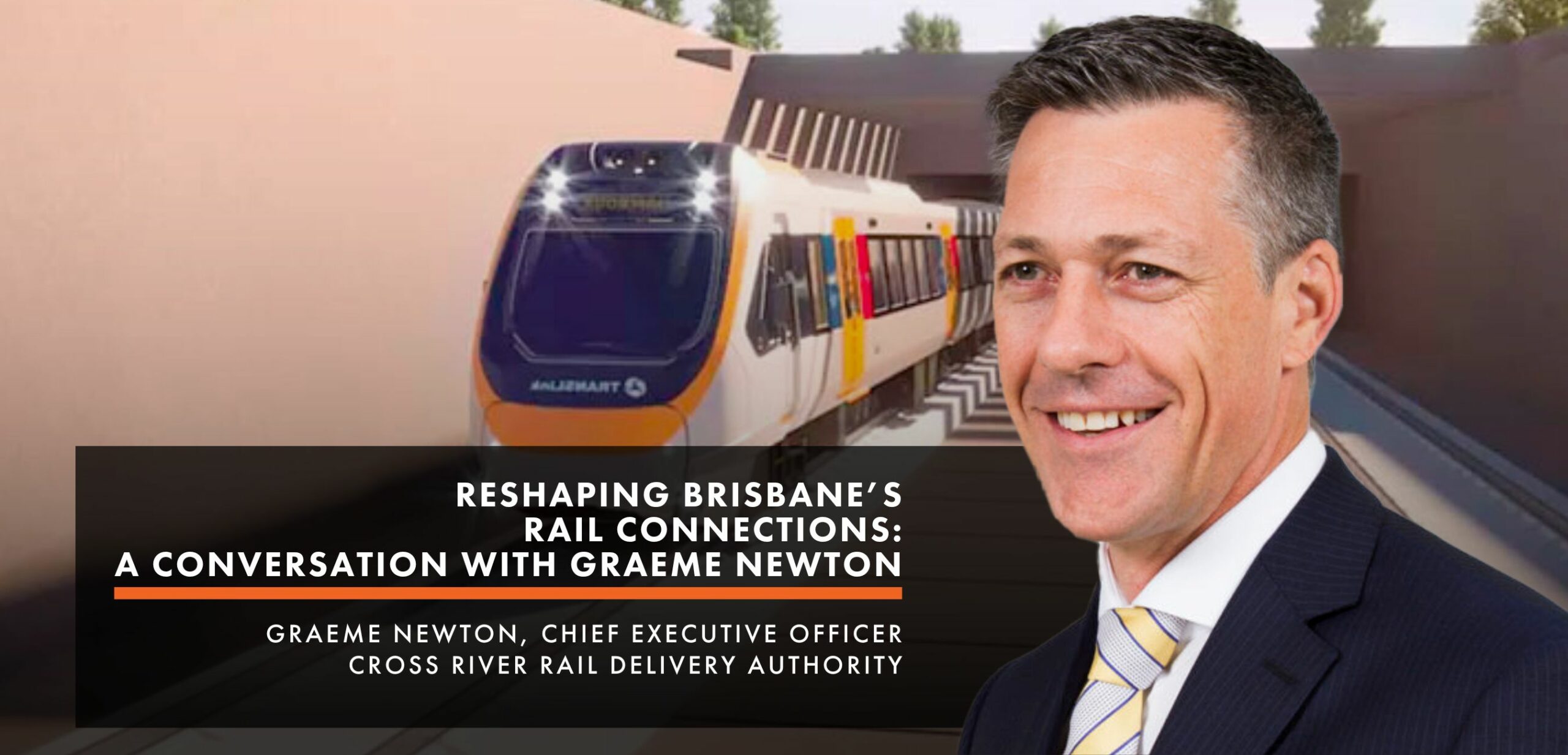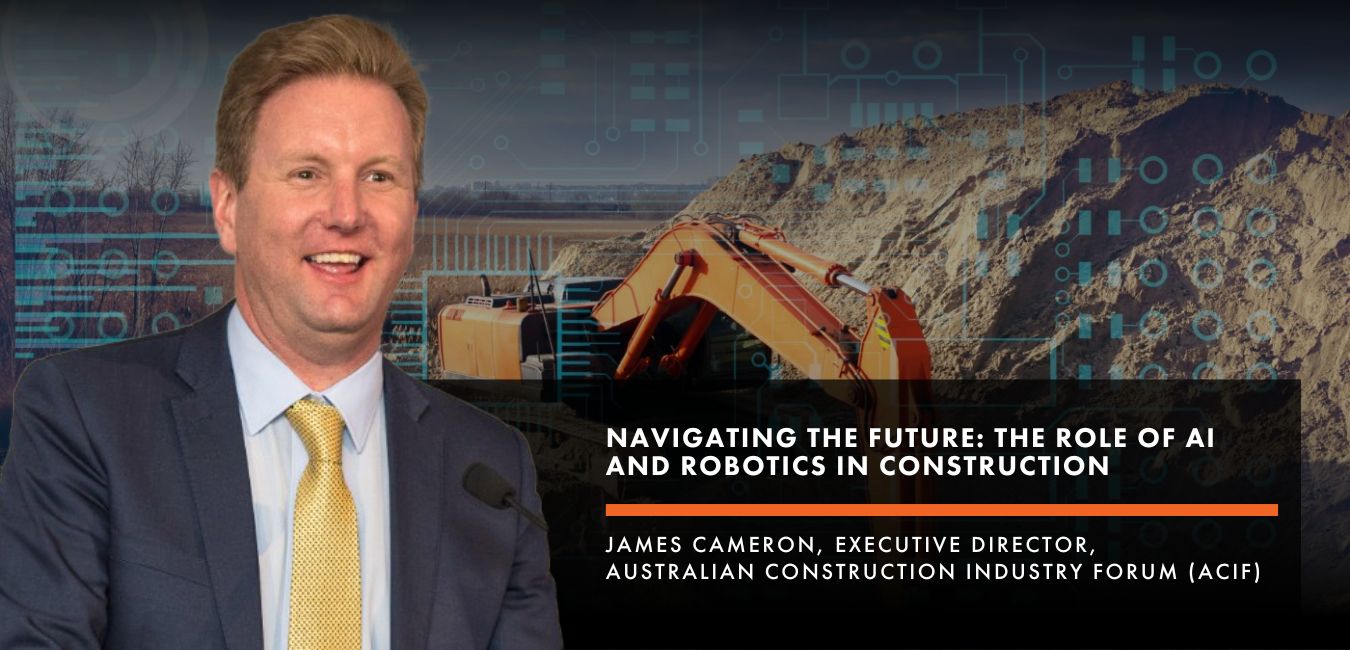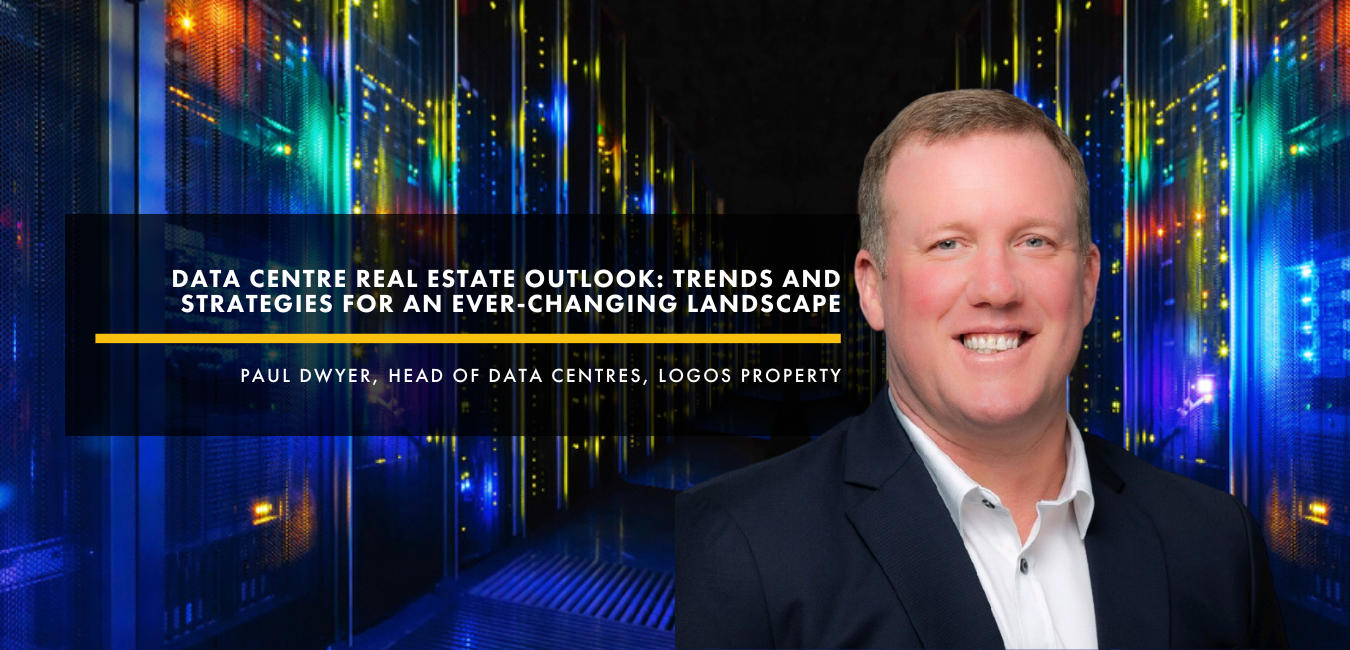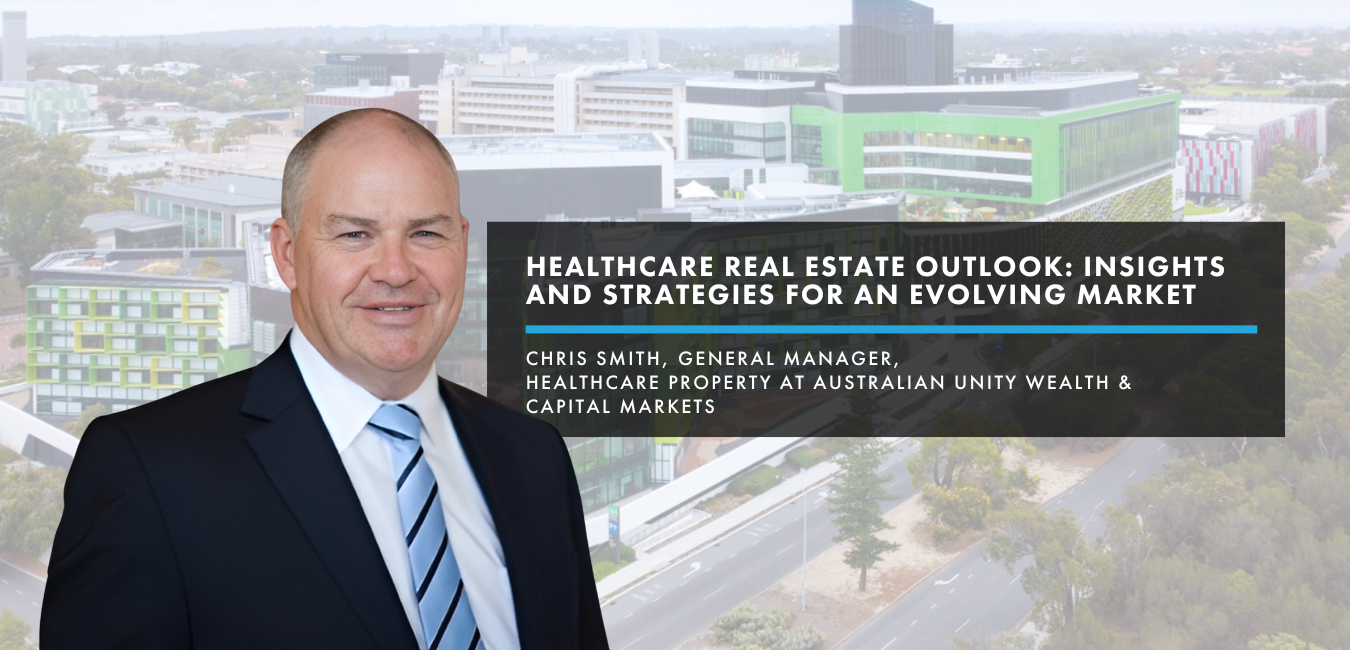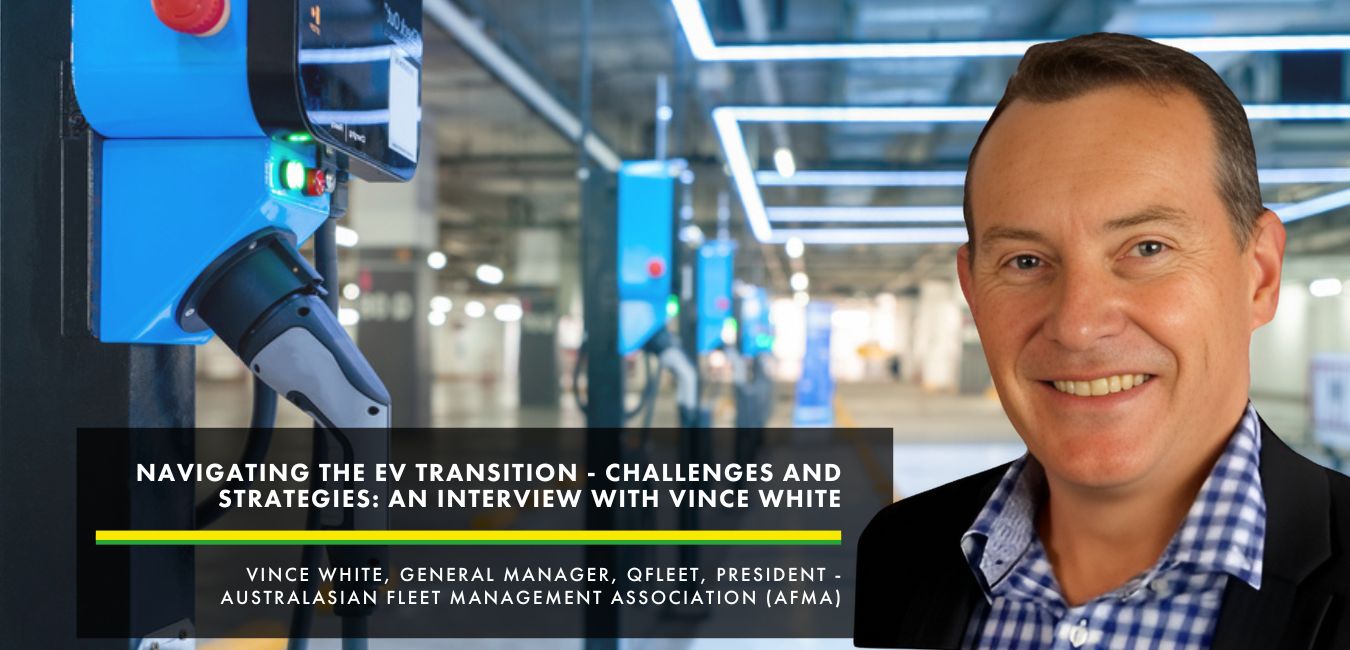Simon Carter is the Founding Chair of the Sustainable Digitalisation Project (SDP). The SDP is a collaboration between industry, academia, and government with a focus on making digitalisation in real estate and cities responsible, ethical, and sustainable. Also Managing Director at Morphosis, a sustainability consultancy, the nexus between sustainability and technology is an indisputably strong passion of Simon’s. We sat down with him to talk about the SDP and how appropriately managing the risks associated with digitalisation opens up a world of opportunity.
FuturePlace: Can you tell us a little bit about “sustainable digitalisation”?
Simon Carter: Sustainable digitalisation is the shorthand name for digitalisation that is responsible, ethical, and sustainable. Digitalisation represents the use of digital technology from AI to autonomous vehicles, big data, blockchain—you name it. When we say sustainability, we’re talking about environmental, social, and governance, otherwise known as ESG. Often people just talk about the environmental aspect, but social is a big part of it and governance is very important. Sustainable digitalisation is about using technology to achieve ESG benefits and positive outcomes, but it’s dealing with a double-edged sword: it also manages downside risks such as the potential harms associated with digital technology. That’s a piece often missed.
Sustainable digitalisation complements the existing movement around PropTech and smart cities. Right now it’s concentrating on deploying technology quickly to get the many benefits available, whether they be commercial or for a specific environmental or social agenda. So yes, let’s do it, but let’s ensure that we do it in a careful and smart way or we’ll create problems for ourselves. We’ve seen that play out in many places and The Sidewalk Toronto project is an example of an exciting tech-enabled development that offered exciting environmental and social outcomes but it didn’t appropriately manage trust with stakeholders or community concerns so it wasn’t able to proceed.
FP: That project has been interesting to watch. Was avoiding risk one of the reasons that you were drawn to sustainable digitalisation?
SC: I got into it back in 2014 when I did a piece for a major client of mine, a large global property group out of the UK, and I mapped the digital space as it applied to cities, real estate, and their business. I created this huge picture of digitalisation in the built environment and I thought, “Wow, we are not appreciating the magnitude of change that is happening, nor the serious implications of it.”
When I say we, I mean the industry, government, and society. I realized there were a lot of ESG issues that we weren’t yet thinking about, that regulation wasn’t dealing with and that could be really concerning. So I was drawn to it because I was excited about the prospect of digital technology and what it could do for us in terms of ESG benefits, but also concerned about the downside risks it presents. We have to manage those risks in order to be able to receive the benefits. It can be a positive thing.
Based on what the commercial property sector in Australia has done with sustainability and responsible investment so far, we have the capability to approach digitalisation in a more careful and sophisticated way.
FP: What do you think some of the biggest risks are?
SC: Security, specifically cybersecurity, is an obvious one and we’re seeing that being recognised within companies. We haven’t seen a loss or serious breach of buildings yet, but it’s relatively easy to do ransomware attacks and just lock a building down.
FP: I think it was 2014 when Target was hacked via its HVAC system?
SC: I think there is a debate about that, it might not necessarily have been through the HVAC system. There’s a famous case of a casino where data was stolen through a breach with sensors in a fishtank, reportedly. Certainly, privacy and other human rights are a real concern as we begin to shift the boundary between public and private spaces in our cities through surveillance technologies. Right now we have many vendors with technologies like facial recognition approaching large property groups to solve various problems for them. There’s real value in it but at the same time, what is the responsibility of that property group when they use that technology? What should their policy be? And what should be the collective policy of the industry? If you think about a CBD and if every large tower is employing this technology in semi-public spaces on the ground floor, it really changes the city. That has real civic implications.
FP: Talking more about that PropTech side, there’s a lot of discussion about the public-private. What are we losing as far as our privacy in order to get this convenience? Where do you see this problem solving balancing out?
SC: It’s a difficult question but a very important point. For one, the challenge we face in many of our societies is that as individuals we don’t know the true value of our personal information, our data, but many technology companies do. The value is often when it’s combined with other data sets. Then they’re able to draw much more sophisticated profiles of our behaviour and our lives than we might anticipate. There is an inherent risk there, but how that will play out remains to be seen. It may be as extreme as enabling an authoritarian state. For Australia, this probably seems to be a very abstract concept but in other parts of the world, they probably feel a bit closer to that like we have seen on the news with Hong Kong.
Secondly, it comes down to the ability to affect our behaviour, to begin to change our freedoms and other human rights. If we can be gently nudged, and nudged is the word often used in technology, then our marketing or advertising value can be increased. This can be a real affront to our basic human rights. Maybe it doesn’t really matter yet, but it could be quite consequential to us. So if you look at an individual technology in a building, it might not matter too much. That deployment might have a low-risk profile, but if you add that up with many others and how it plays out in broader systems, we have to ask a deep question of what that’s going to mean to us later.
FP: Yes, like 1+1=3; together they’re greater than the sum of their parts.
SC: That’s right. What does it add up to? We should think about it from the perspective of our children. What does it potentially mean for them? They’ll grow up in lives where they’re surveilled and promoted on social media from day one – are we comfortable with that?
FP: On that point, what is the relationship between these tech-enabled or smart buildings and sustainability?
SC: To put it simply, sustainable digitalisation is the nexus between the two. The double-edged sword of digital technology offers us opportunities to achieve some great ESG benefits from reducing emissions in a building to supporting the well-being of occupants. These are well known and understood and I imagine will be covered at FuturePlace’s Smart & Healthy Building Summit in March. The other edge of the sword are the risks and the sustainability movement needs to consider those at the same time. What we’ve seen in the Australian market in the last 10 years is an evolution from it only being about environmental performance in buildings to operating more broadly with environmental performance in precincts and cities. Also, it’s become much more focused on the social aspects both in buildings and around them. And governance; if you don’t get the governance right, then you don’t get the social and environmental outcomes we want.
In that regard, sustainable digitalisation is a natural evolution of the sustainability space and that’s the recognition we’ve had with Australian sustainability leaders. At the end of the day, the sustainability space ultimately identifies emerging ESG issues that may be material to stakeholders, that may affect our lives and the decisions we make as individuals in a building, or investors, or customers that visit a shopping centre – and then helps work out how to address them. What we have now is a whole lot more ESG factors, driven by digitalisation. Some are new and some are amplifications of existing ones.
FP: Very true. There’s been a lot of focus on health-related aspects inside buildings due to the pandemic.
SC: Exactly. Sensors can provide great benefits in their management of indoor environmental quality. At the same time, from a mental well-being point of view, if we spend too much time in digitalised environments, like during a pandemic spending too much time on Zoom meetings hunched over a computer rather than out and about in the city or outside in nature, that can have an adverse effect on us.
FP: You talked about how Australia is doing around sustainable digitalisation, how do you think that compares to other places?
SC: Australia is just beginning to deal with sustainable digitalisation, so our work at SDP at this stage is really about introducing it. The sustainability space in the Australian property market is very mature and well-positioned to pick this new agenda up. It’s an interesting market, frequently recognised on major indexes such as the Dow Jones Sustainability Indices (DJSI) or GRESB as the world leader. It’s largely due to being small and being quite a sophisticated market. It’s the right size to be pulling in the premium investors of the world. There’s a healthy spirit of competition between players here but it’s also simultaneously competitive. The market is very proactive and creative to take sustainability and make it commercial, and use that as a point of differentiation.
For example, the head of building technology for one of the major property groups rang me up recently and asked how much energy does the technology architecture in a building use and what’s the potential energy reduction available through upgrading it. He asked to enhance the business case for renewing the technology architecture in his buildings. So that’s where the thinking is at; there’s an increasing meeting of sustainability, technology and commerciality.
FP: Australia is getting started on a lot of what you mentioned. Has there been a country that you’ve modelled some of your actions from or been inspired by?
SC: We haven’t really found it overseas. We have found many examples of groups around the world promoting the potential ESG benefits of PropTech or smart city technologies. We haven’t found a lot in the built environment space that also really considers the downside risks and potential harms. We haven’t found many looking at it from a holistic perspective. What has emerged in the world is a rapidly growing movement with responsibility, ethics and sustainability with technology in general beyond the built environment. This is quickly developing and it includes big tech, they’re desperately trying to demonstrate that they’re responsible and that we can trust them. We’ve seen more universities and not for profits in Australia creating capabilities around ethics and responsibility of technology. There’s a broad and rapidly growing movement around this and we’re helping to drive it in the built environment space.
Smart and Healthy Buildings Summit
Simon will be speaking at our upcoming Smart and Healthy Buildings Summit, taking place from 23-25 March 2021. Featuring world leading speakers and case studies, the Summit will examine the strategies, processes and technologies needed to create buildings that offer greater transparency about who is in them, how they are used and how well they are functioning.



